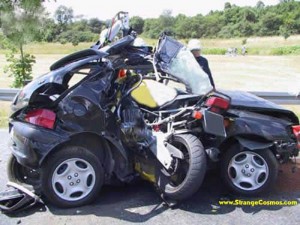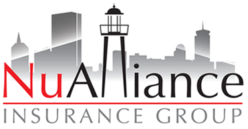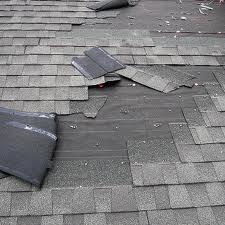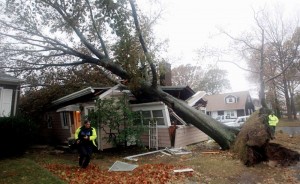Car Insurance Pitfalls to Avoid
In today’s technology driven world, you might assume that most consumers would be educated when it comes to auto insurance, but it appears that such is not the case. In fact, many consumers begin looking for product information after making this important purchase rather than before.
Liability limits
Many agents will offer reduced limits in order to offer a low price. Don’t fall for it! Bodily Injury Liability (BI) is what pays for the other driver’s injuries if you are in an at-fault accident. 25/50 won’t cut it, especially if more than one person is injured or worse yet – killed. What most consumers do not realize is the savings for these lower limits is not that significant. Every driver should carry at least 50/100 or better yet 100/300. In today’s economy it is very easy to rack up more than $25,000 in medical expenses after a visit to the emergency room or short hospital stay. When you consider all the tests you’ll be subjected to and bills from three different specialists, the final bill can become staggering. One should also consider that you could be charged with an at-fault accident when it really is not your fault – like hitting someone from behind when they slam on breaks to miss a squirrel!
Property Damage Liability
 The same advice applies with this coverage as well. Property Damage Liability (PD) is what pays when you hit someone’s vehicle or other property. $25,000 won’t cut it! Most vehicles on the road today cost much more than $25k and what happens if you hit 3 of them? In Florida the required minimum is $10k. There are bicycles out there that cost $10k! Think about this for just a minute – you lose control of your car on a back road in Florida and take out 3 mature orange trees. That tree owner is going to want the price of replacing those trees plus the value of the oranges they would have produced over their lifetime. As another example, imagine you manage to crash into a nice lady driving an expensive rental car. Your policy has to pay to repair the damage to the car AND LOSS OF RENTAL INCOME WHILE THE CAR IS UNDER REPAIR! If you have $10k or $25k limits, you will most likely be paying out of pocket.
The same advice applies with this coverage as well. Property Damage Liability (PD) is what pays when you hit someone’s vehicle or other property. $25,000 won’t cut it! Most vehicles on the road today cost much more than $25k and what happens if you hit 3 of them? In Florida the required minimum is $10k. There are bicycles out there that cost $10k! Think about this for just a minute – you lose control of your car on a back road in Florida and take out 3 mature orange trees. That tree owner is going to want the price of replacing those trees plus the value of the oranges they would have produced over their lifetime. As another example, imagine you manage to crash into a nice lady driving an expensive rental car. Your policy has to pay to repair the damage to the car AND LOSS OF RENTAL INCOME WHILE THE CAR IS UNDER REPAIR! If you have $10k or $25k limits, you will most likely be paying out of pocket.
Uninsured/Under insured Motorist Coverage
This very important coverage happens to be an optional coverage. It will pay for injuries to you or damage to your vehicle caused by an uninsured or under insured driver. When you consider the minimum limit requirement in most states, and the inability of the state to track insurance for every driver, your chances of being hit by an uninsured or under insured are a compelling reason to purchase this coverage. Also, in most cases, a personal injury attorney will not accept your case on a contingency if you do not have this coverage.
Buying insufficient insurance coverage to save a little money on your monthly payment will in most cases come back to haunt you and your family. It is every vehicle owner’s responsibility to make certain that their insurance policy will respond favorably when a simple error results in unintentional property damage and injuries. For an honest assessment of your existing auto insurance policy don’t hesitate to contact us.





